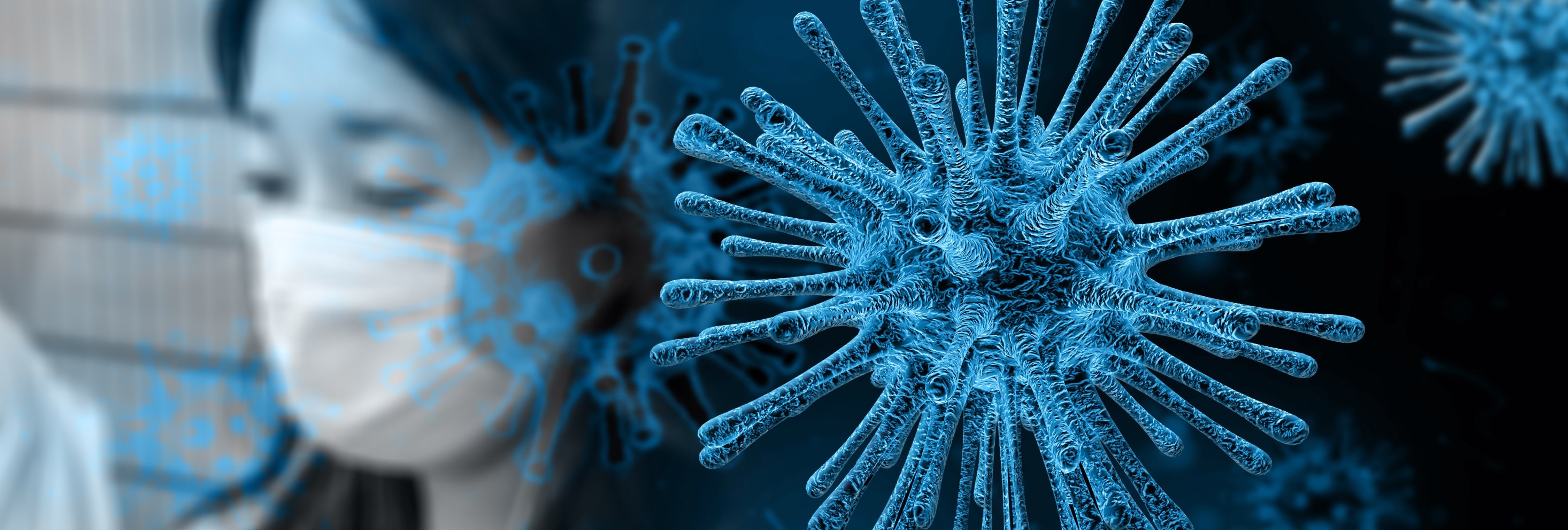It is safe to say that as a nation, we are on high alert with the new Coronavirus. Fortunately, the risk of contracting it for most of the population is low. However, according to the CDC (Centers for Disease Control and Prevention, a national public health agency), those over the age of 60, or living with chronic illness are at a significantly increased risk, particularly those with lung issues, cancer, or diabetes.
How does it spread?
According to the CDC, the virus is believed to spread mainly from direct contact, either between people who are in close contact with one another (about 6 feet), or through respiratory fluids produced when an infected person coughs or sneezes. These fluids can land in the mouths or noses of people who are nearby, or possibly be inhaled into the lungs. People are believed to be most contagious when they are highly symptomatic. However, spread is possible before people show symptoms.
A person can get the virus by touching a surface or object that has the virus on it, and then touching their own mouth, nose, or possibly their eyes, but this is not believed to be the primary way the virus spreads. Reports indicate that COVID-19 is spreading “easily and sustainably in the community” (“community spread”). Community spread occurs when many people get infected with the virus in an area, including those who are not sure how or where they came into contact with the virus.
What can I do?
There are things we, as a society would all benefit from to help minimize the impact of the outbreak. Firstly, be prepared to avoid unnecessary contact with crowds and public places for an interim period, this will not only minimize your own personal risk of contracting the virus, it will also help prevent the unnecessary spread to vulnerable populations.
With a few easy steps, we can significantly reduce the likelihood of spreading the virus. Included is a summary of helpful tips and guidelines provided by the CDC regarding Coronavirus.
- Wash your hands frequently with warm soapy warm for a minimum of 20 seconds, especially after being in public places or the bathroom. If hand-washing is not immediately available, use an alcohol-based hand sanitizer that contains 60%–95% alcohol.
- Avoid touching your face, nose, mouth or eyes especially when out in public, only do so at home after hands have been thoroughly cleaned.
- Use of face masks should be limited to those who are sick to help prevent others from getting sick, or those who work in close proximity to sick individuals (health care professionals etc).
- Avoid people with obvious signs of illness – sneezing, coughing, wheezing, difficulty breathing, pale or feverish in appearance. Equally, if you are sick, stay home.
- Have your home stocked and prepared with potable water, shelf-stable foods (that do not require refrigeration), prescription medication and basic medical supplies (first aid supplies, common cold remedies, allergy medicines). This means less home deliveries for the able population and fewer visits to the doctor (because you’re less likely to be sick), which, in turn, reduces risks of shortages and keeps resources available to the most vulnerable populations. ‘
- Keep your home and workplace extremely clean and practice good hygiene. Wear disposable gloves when cleaning common surfaces, also only use wipes or paper towels swiped in 1 direction, then throw away (otherwise surfaces will be cross contaminated). Disinfect counters, door knobs, bathrooms and frequently used electronics and often as possible.
By remaining vigilant, prepared and calm, we can hopefully minimize the impact of this new strain of Coronavirus to ourselves and society at large.
Useful Links:
https://www.cdc.gov/coronavirus/2019-ncov/about/prevention-treatment.html
https://www.cdc.gov/coronavirus/2019-ncov/about/transmission.html
https://www.who.int/emergencies/diseases/novel-coronavirus-2019
